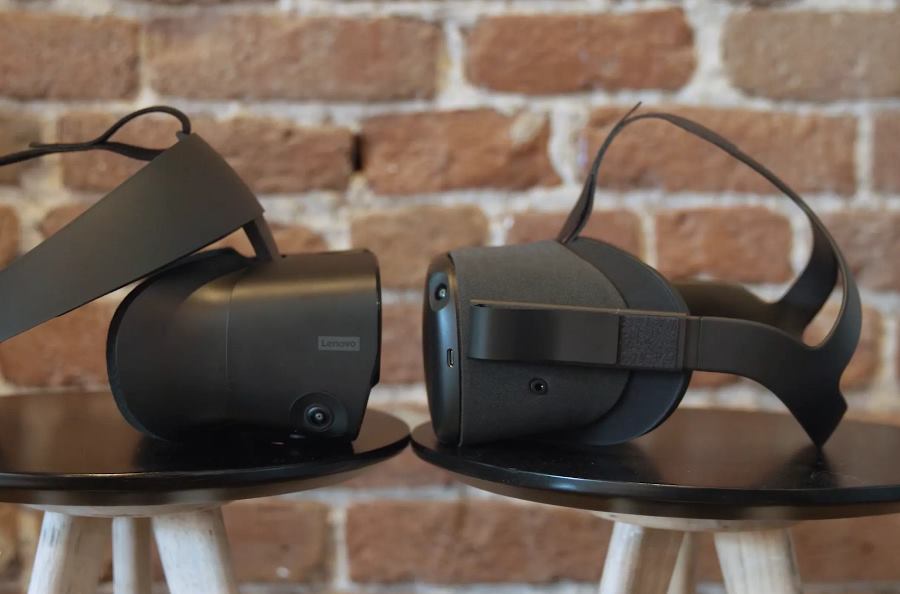
Despite the fact that virtual reality has never become a mass phenomenon, headset manufacturersand
Rift S
This headset has increased display resolution inCompared to the previous generation's original Rift, more advanced position tracking, now there are no sensors placed in the room, everything is already built into the headset. The design has become more stylish and ergonomic, it has become more comfortable to wear a headset.
Display at the two new headset, each1440x1280 resolution, the combined resolution is 2560x1440. Also inside are five cameras that track the user's position in the room. The new layout and design provide a better redistribution of weight, as well as a complete blocking of light noise.
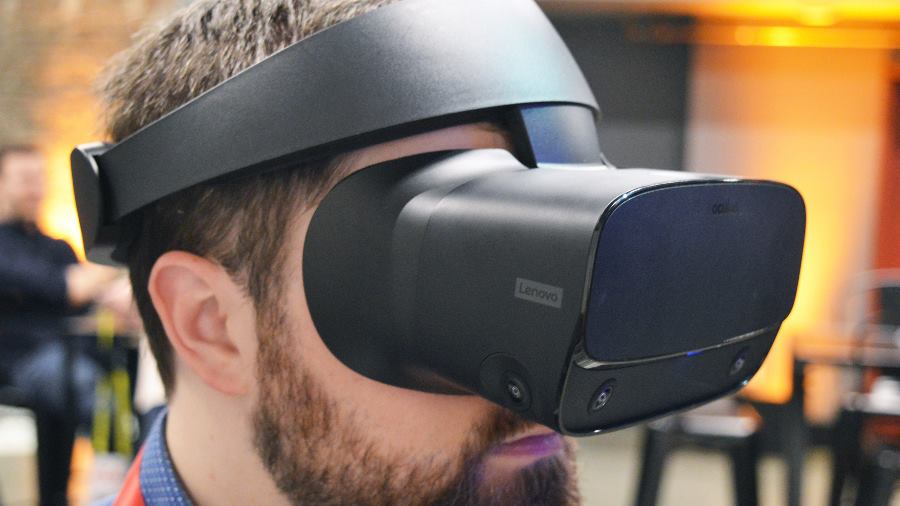
Rift display with IPS matrix running onupdate frequencies above the standard - 80 hertz. How much this update is justified, time will tell. In the previous version, the display was with an OLED matrix and with frequencies of 90 hertz. New supports controllers with wireless interface Oculus Touch. The requirements of the headset and software for computer hardware performance are decent. There should be a modern processor comparable in performance to the Intel i3 of the eighth generation, and a graphics accelerator not lower than the GTX 960 from NVIDIA or R9 290 from AMD.

The manufacturer announced the headset in March, andNow the device has become available for pre-orders. You can place an order in the official Microsoft store for $ 400. Physical shipments are scheduled for May 21st.
Oculus quest
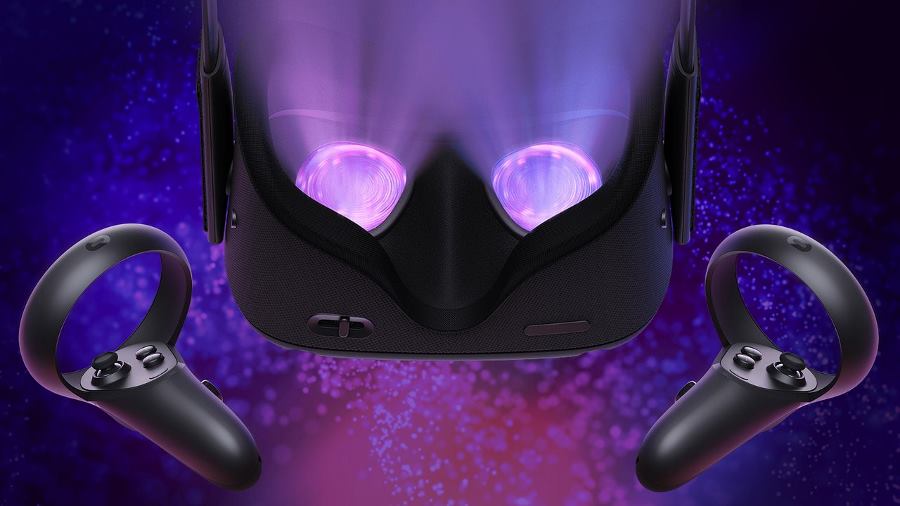
At the start of sales from all devices of the company,for sure, it is the Quest model that will attract the largest number of buyers, since the headset is almost unique, there are no similar offers in the segment. And those that are, are very different from the headset. Quest has become Facebook’s second stand-alone headset. Last year's Oculus Go social network sold for $ 200, but the device did not gain much popularity. Although the price tag was attractive, the technical content left much to be desired. The controller was simple, no motion tracking, performance is weak.
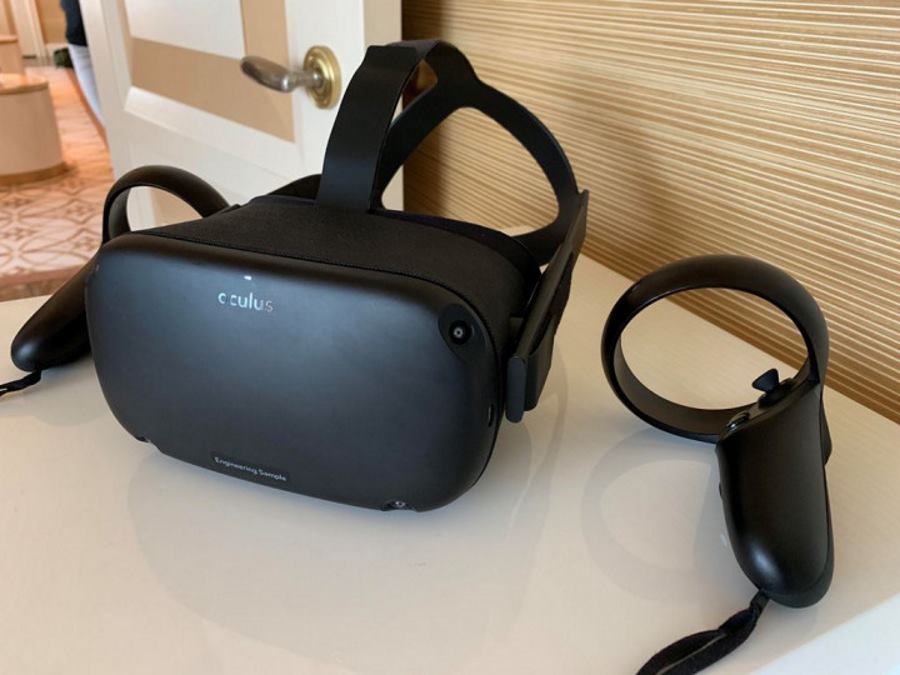
Quest got four integrated cameras,so, it is able to track the position of the user without setting labels on the room. This means that within the virtual space the user can move within the visible map, moving in his real room, real space. There are also a pair of handheld controllers. The latter are the same that are used in headsets connected to a computer.
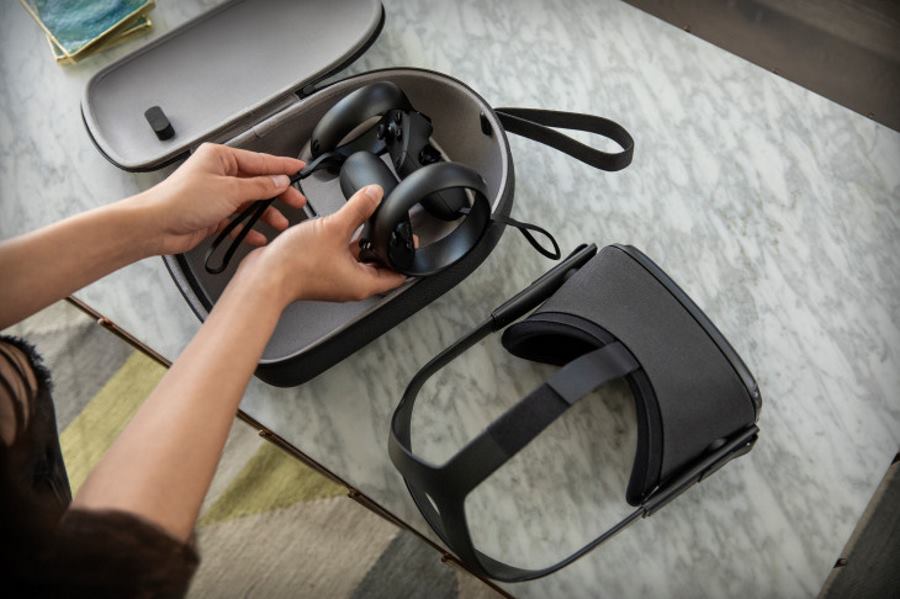
At the heart of the hardware stuffing Quest is 8-coreQualcomm's Snapdragon 835 chipset, with an integrated graphics accelerator Adreno 540. 4 gigabytes of RAM is installed to help the mobile processor. In general, the headset turned out not so powerful, compared to those models that are connected to a computer, so some resource-intensive modern games will not run on it. However, Quest is a stand-alone headset, and this is a huge plus. The user does not risk tripping over wires and cables, he is not limited in space. Yes, and an autonomous headset can be taken with you to any place, and you should not carry a powerful computer with you on the cart. Wherever the user is, he always has three hours of game time in the virtual space.
The headset is available in two configurations withdifferent drives: 64 gigabytes of storage - $ 400, version with a 128-gigabyte drive - $ 500. The start of sales is scheduled for the last day of May of the current year.
</ p>